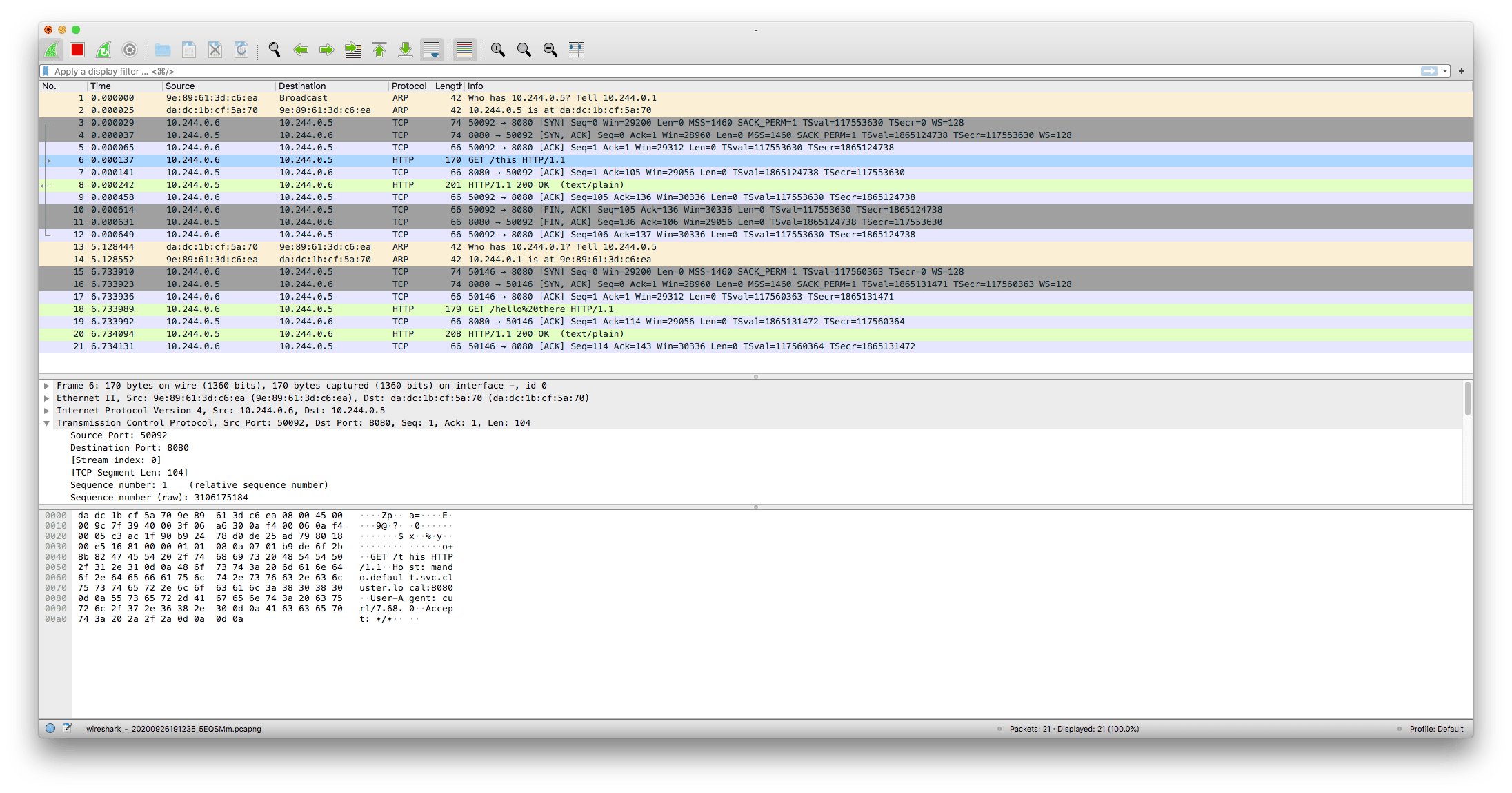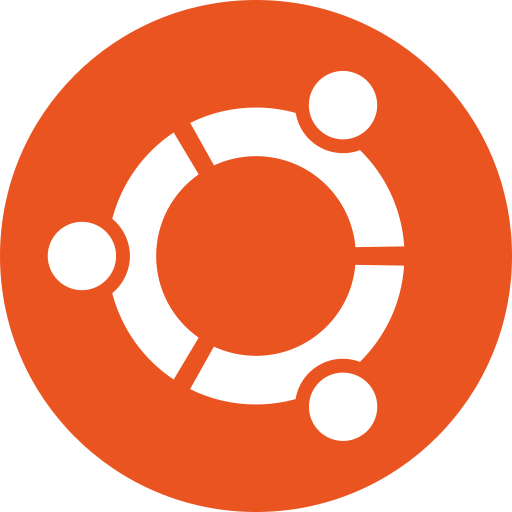

Click on a packet, in the bottom details of wireshark, search for Transmission Control Protocl > right click on Sequence Number: 3817801554 > Apply as filter > selected.In the filter box at the top of wireshark, some common ways to filter to make things easier to read: You can do so by doing the following steps in Wireshark: Analyze > Follow > TCP Stream. Per James, be sure to follow 1 tcp stream. This is a useless section and just eats up space on the screen. This will allow us to see the absolute sequence numbers of TCP packets in flight. Wireshark -> Preferences -> Protocols -> TCP -> untick the relative sequence numbers option.

Here are some examples of Wireshark preferences.

If the IP is public, it's likely wasn't captured on that host. If the IP is private, it was likely taken on that host. Tip: You can tell where the packet capture was taken by looking at the IPs. You can copy the PCAP file from EC2 instance to local machine using scp.You can also view the PCAP file using Wireshark - Wireshark is an open source tool for analyzing packets and profiling network traffic.r Read packets from file (which was created with the -w option or by other tools that write pcap or pcap-ng files). You cannot read a PCAP file using regular commands like cat, tail, etc. :

You can read the PCAP file using the -r switch available in tcpdump. w writes to a file that can be exported and analyzed by tools like wireshark. n tells tcpdump to not resolve IP address to URLs (reduce DNS queries on the network by you, if not, you will be creating more traffic while capturing). $ sudo tcpdump "src port 22" and "dst host 1.2.3.4" For example, this command catches all the SSH packets going from an SSH server to a client with IP 1.2.3.4: You can use logical statements in a tcpdump command. Tcpdump can take logical arguments such as and, as well as or. This command catches packets coming only from IP 1.2.3.4: You can also capture packets for a specific host. If you have a web server on your cloud, you can use the command below to see incoming packets. Now let’s be more specific and capture only packets with destination port 80. Use this command to capture packets for a specific port: This command captures all packets on the eth1 interface: We can specify a different interface using the -i command line flag. Please share with us the output of the MTR tests as well:īy default, tcpdump captures packets on eth0. # On the source instance, run MTR command with the -P flag to specify port 80. $ sudo tcpdump -i eth0 -s0 -w output.pcap host and port 80 This command will save the data to the output.pcap file: # On the Destination instance, run the following command to take packet capture.


 0 kommentar(er)
0 kommentar(er)
